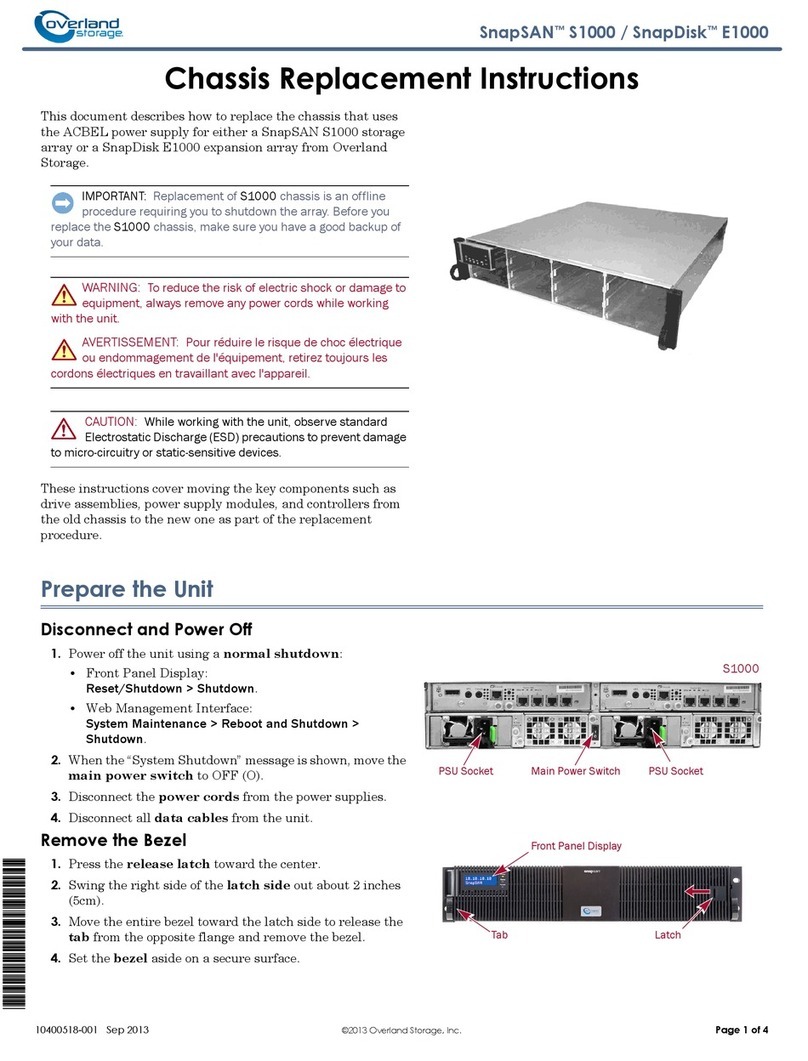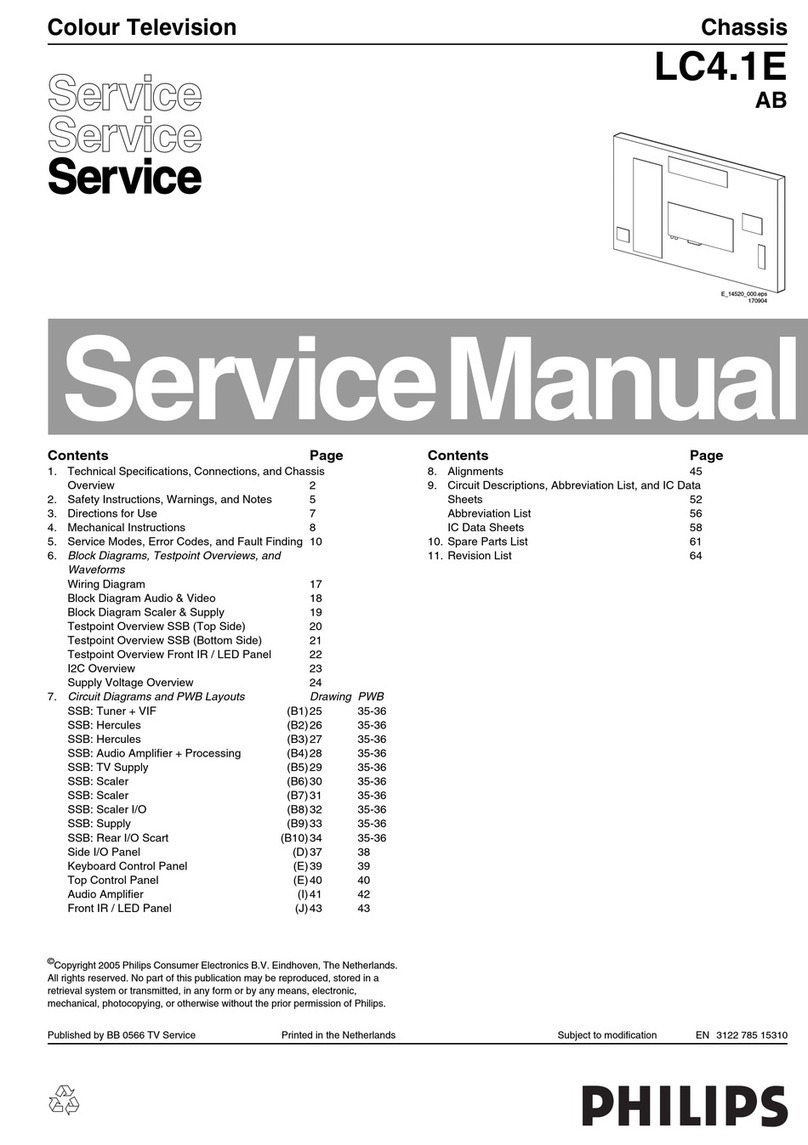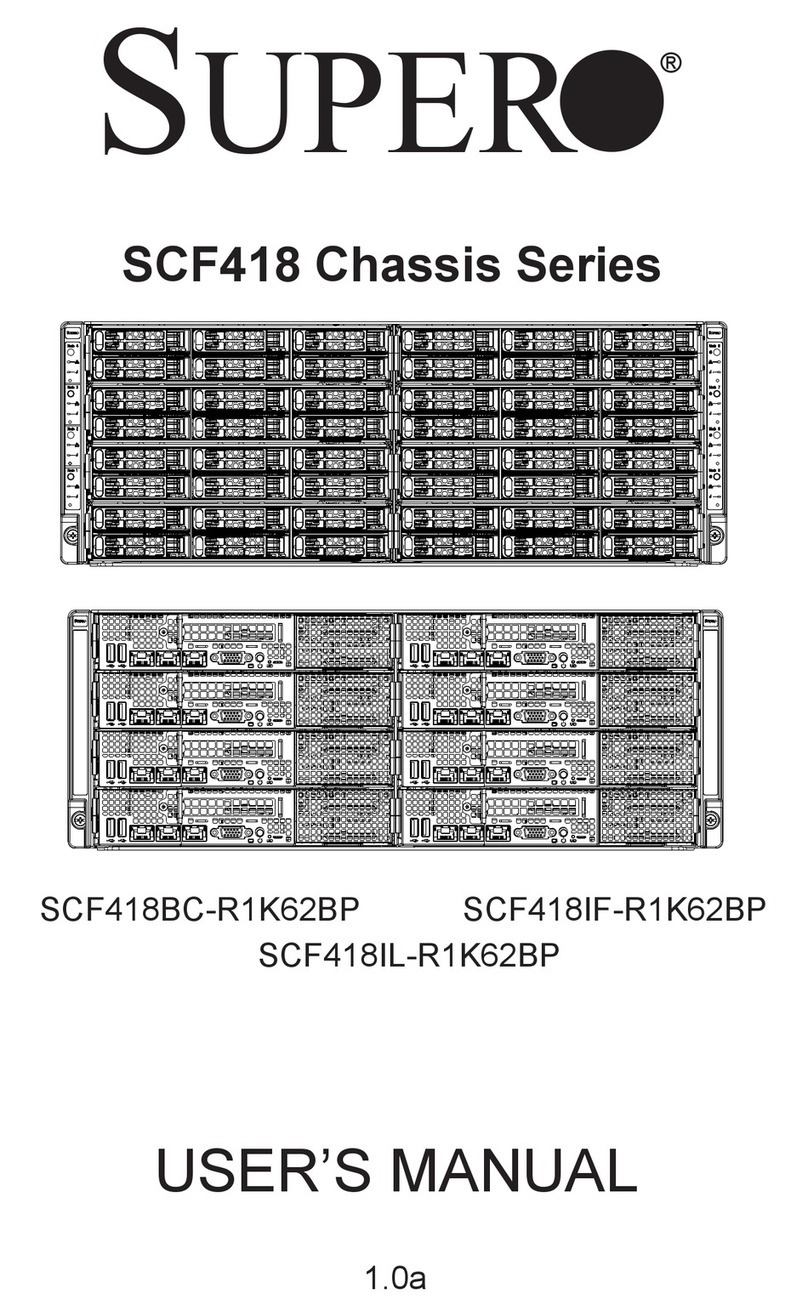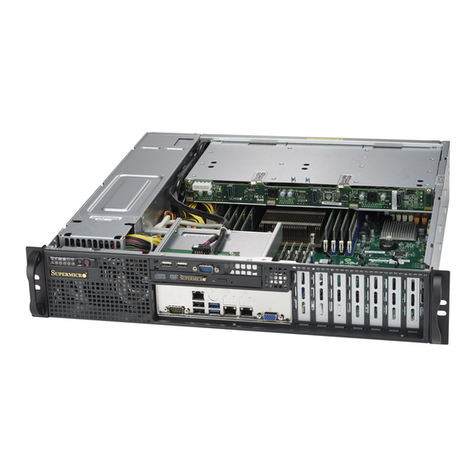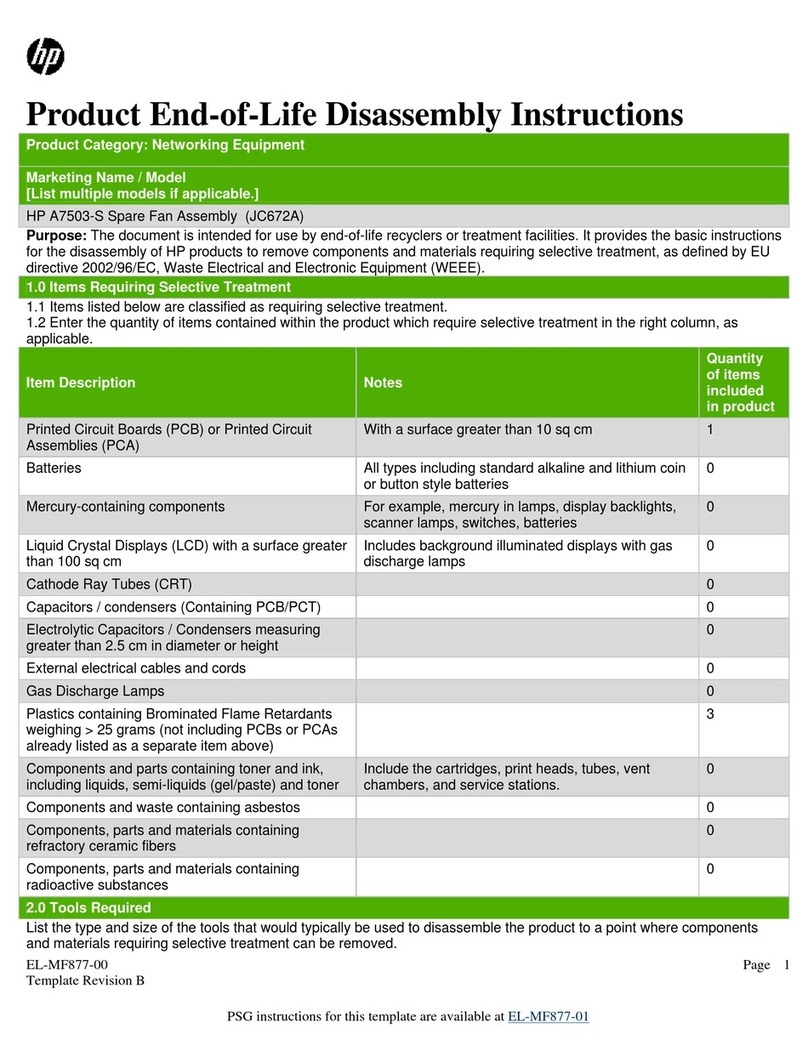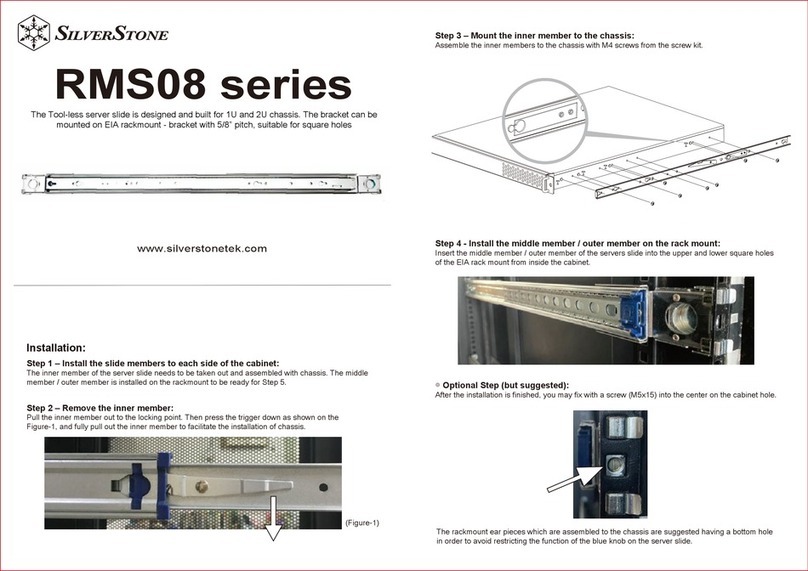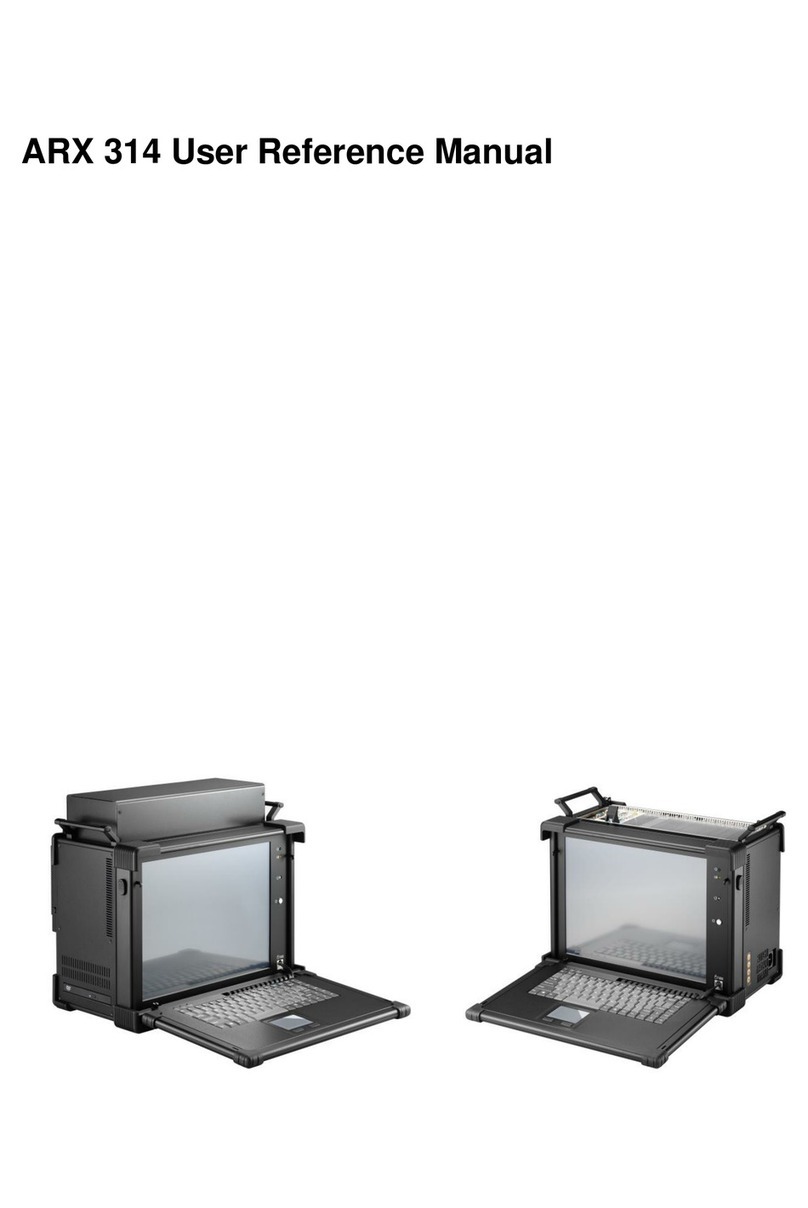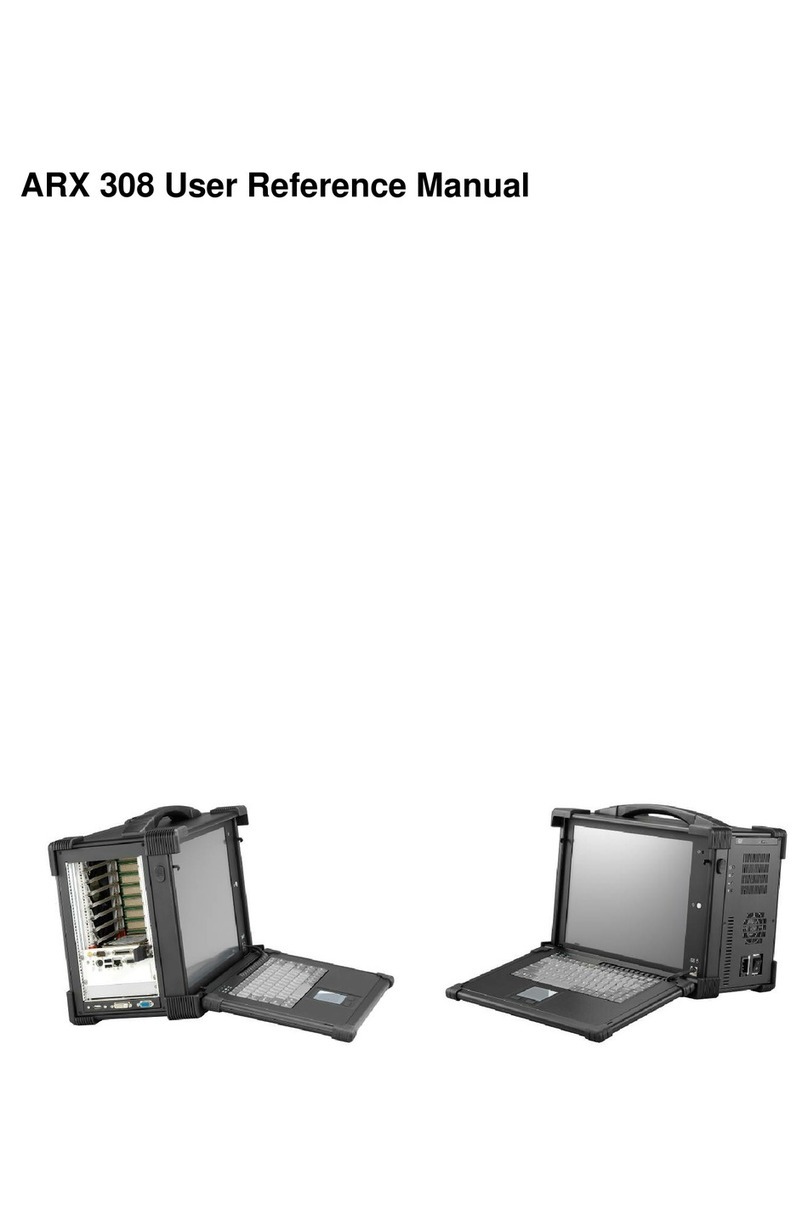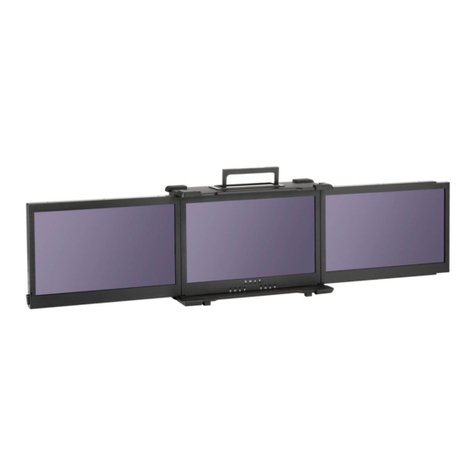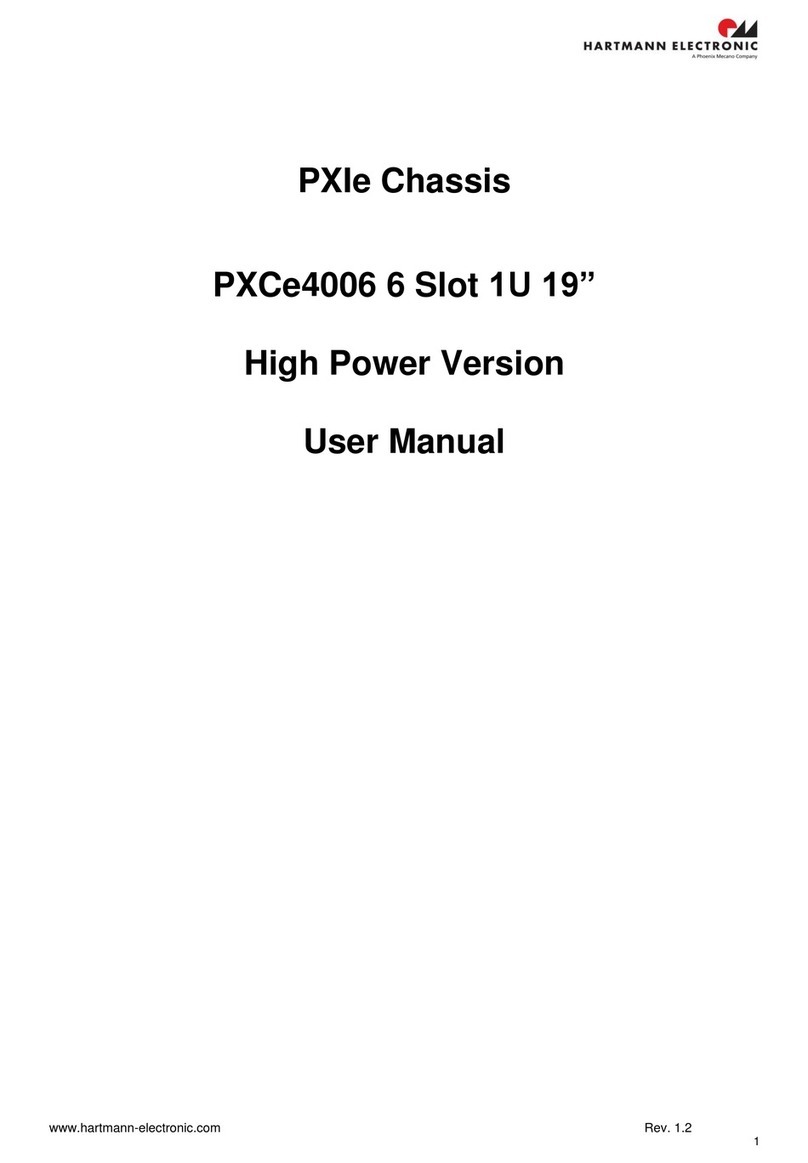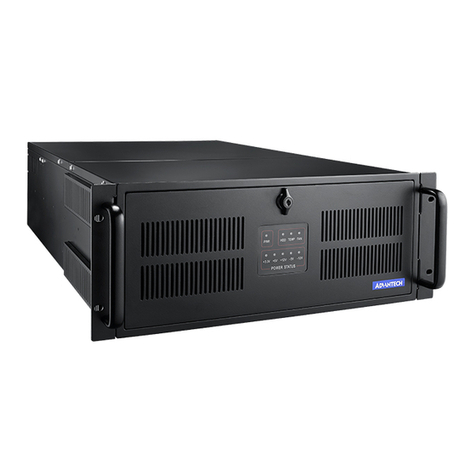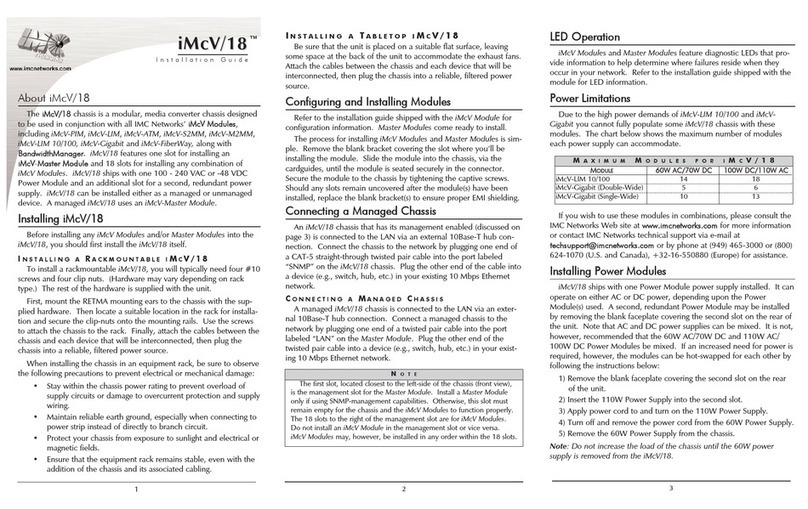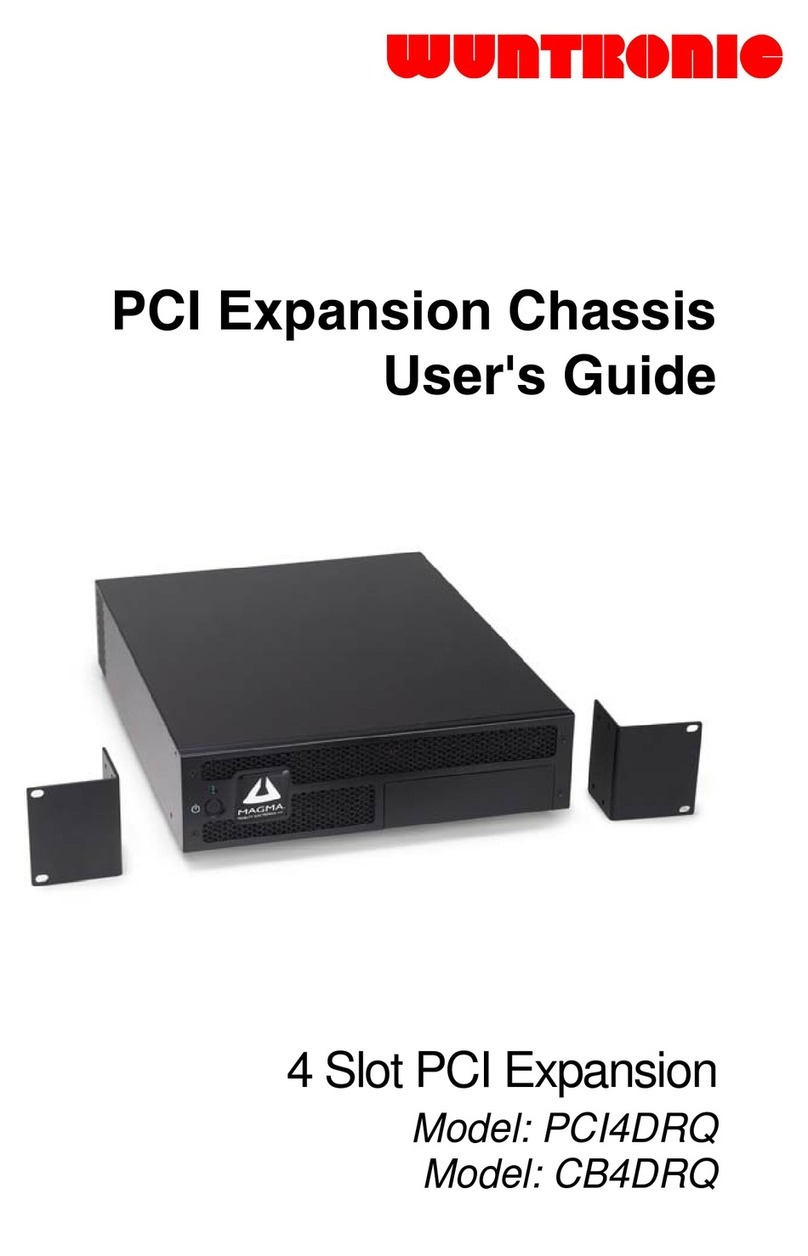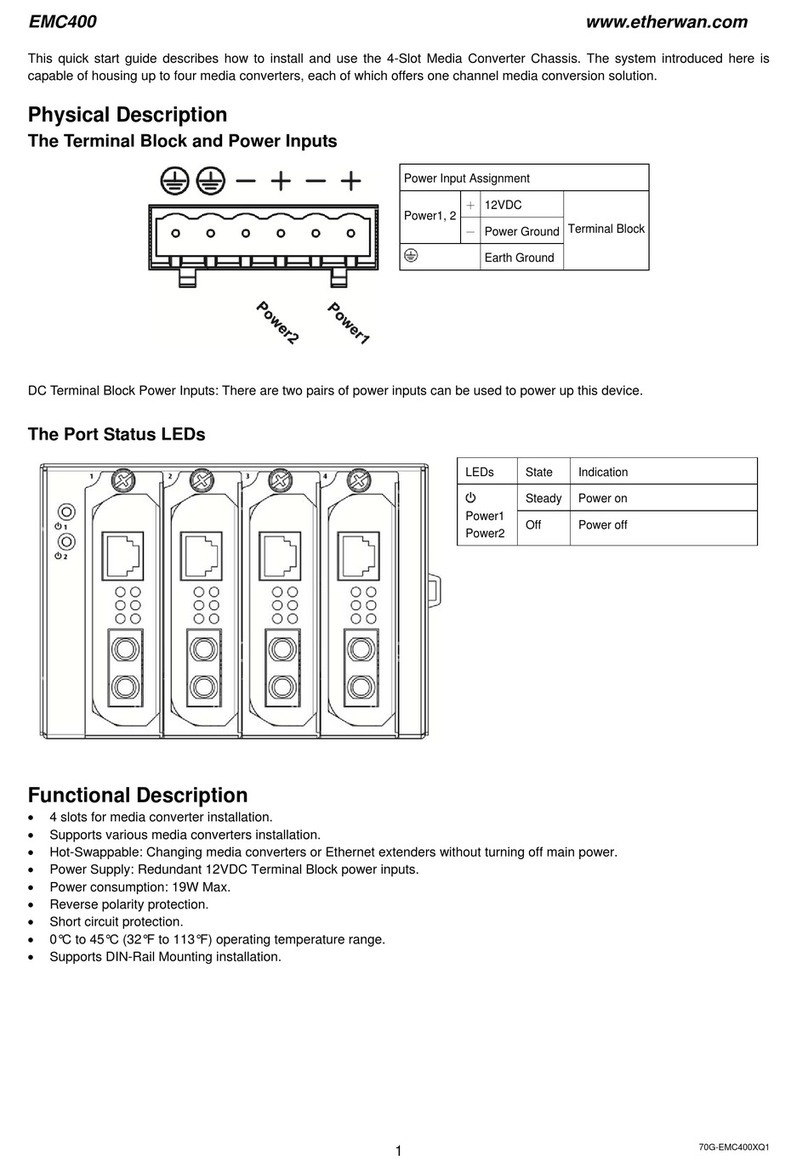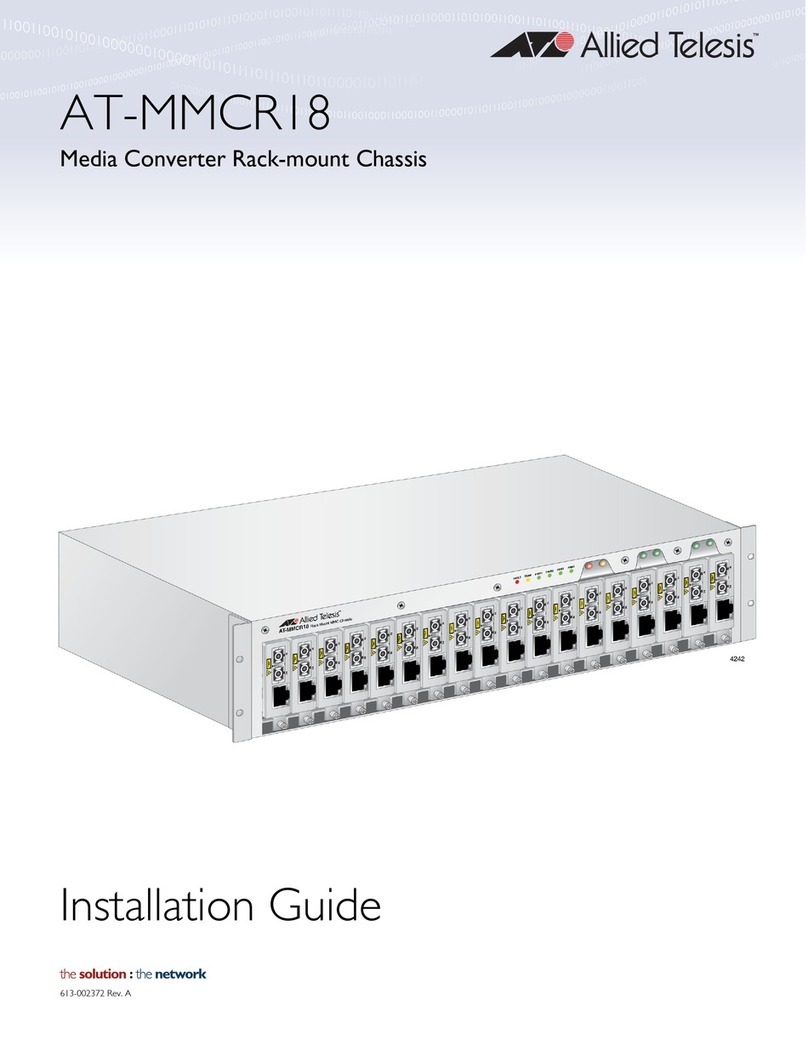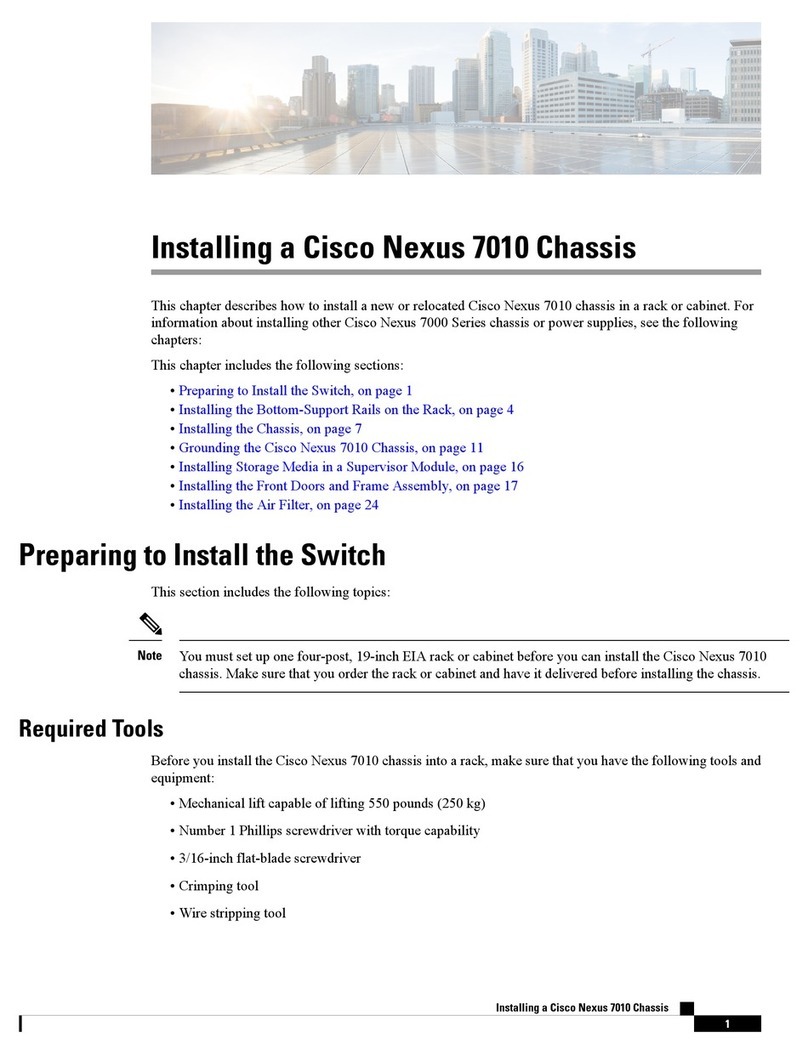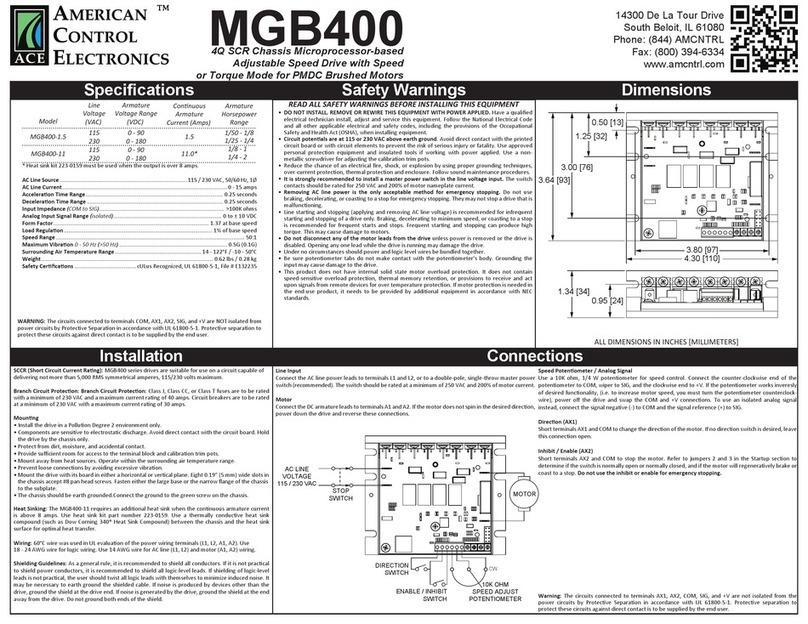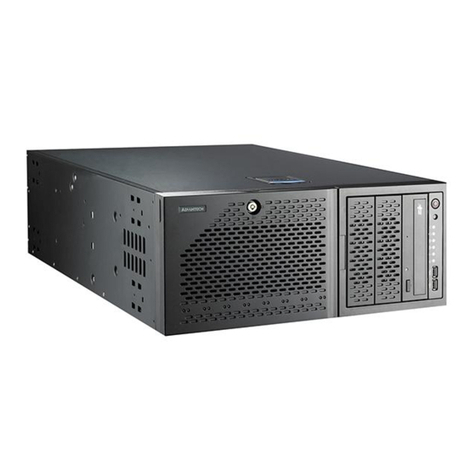4
ARP 690 features:
● Aluminum Construction with shock absorbing rubber corners
●21.5" LCD display support Full HD, 1920x 1080 resolution
Anti-reflection tempered glass
●Support ATX Motherboard
● Offer 7-slot expansion capability
● Industrial multi-languages keyboard with touchpad
●1U, 600W power supply, 100~240VAC
●Offer 10x 3.5" drive bay (Option: 5x 5.25" drive bays)
●Anti-reflection tempered glass protects LCD
● Carrying case to manage portable PC with ease
The ARP690 supports standard ATX form factor motherboard as well as Extended ATX motherboard (10x
3.5” drive bay version only). The chassis can always meet the need of your add-on cards configuration as
well as processors choice. Whether it is ISA, PCI, PCI-X, PCI-E or combination of all of the above, the
chassis can be fitted for 7 full-length expansion slots. The chassis comes with integrated 21.5”, 16:9
widescreen LED backlight LCD panel with 1920x 1080 full HD resolution. The display can accommodate the
latest graphic card to provide fast refreshing video playback, editing and vast desktop space with wide angle
viewing capability.
The chassis have 5x 5.25" drive bays; this allows the chassis to mount large amount of instrumentation
connections or convert to large amount of removable storage (with aftermarket kit to provide up to 8x 3.5"
Enterprise SATA/SAS drives or up to 30x 2.5" SATA drives). Another option is the 10x 3.5" drive bay
configuration which can also host large amount of storage (up to 20x 2.5" SATA drives) and at the same time
provide room for Extended ATX form factor dual processors system board. There is also an integrated slim
optical drive bay, 2x 120mm cooling fan and a combination keyboard touchpad that folds into the chassis
and doubles as an additional protection for the display.
Applications: Military, Industrial automation, Digital TV test & analysis, Mobile Computing, Outdoor
Computers, video conferencing, E-learning, Speech Technologies, Portable Workstation,
Telemedicine, Multimedia, Mission Critical Computing
